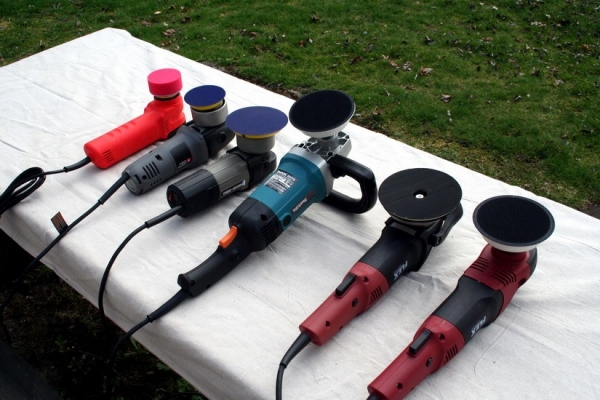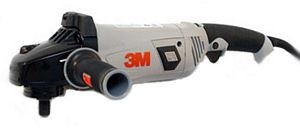Joseph Rogers
New member
- Apr 23, 2014
- 59
- 0
General impression I'm getting is the DA is more user friendly, and less chance of screwing something up. Rotary you can burn through the paint, but as long as you're comfortable with it, it will do the same area quicker than a DA.
Is this correct?
Is this correct?








